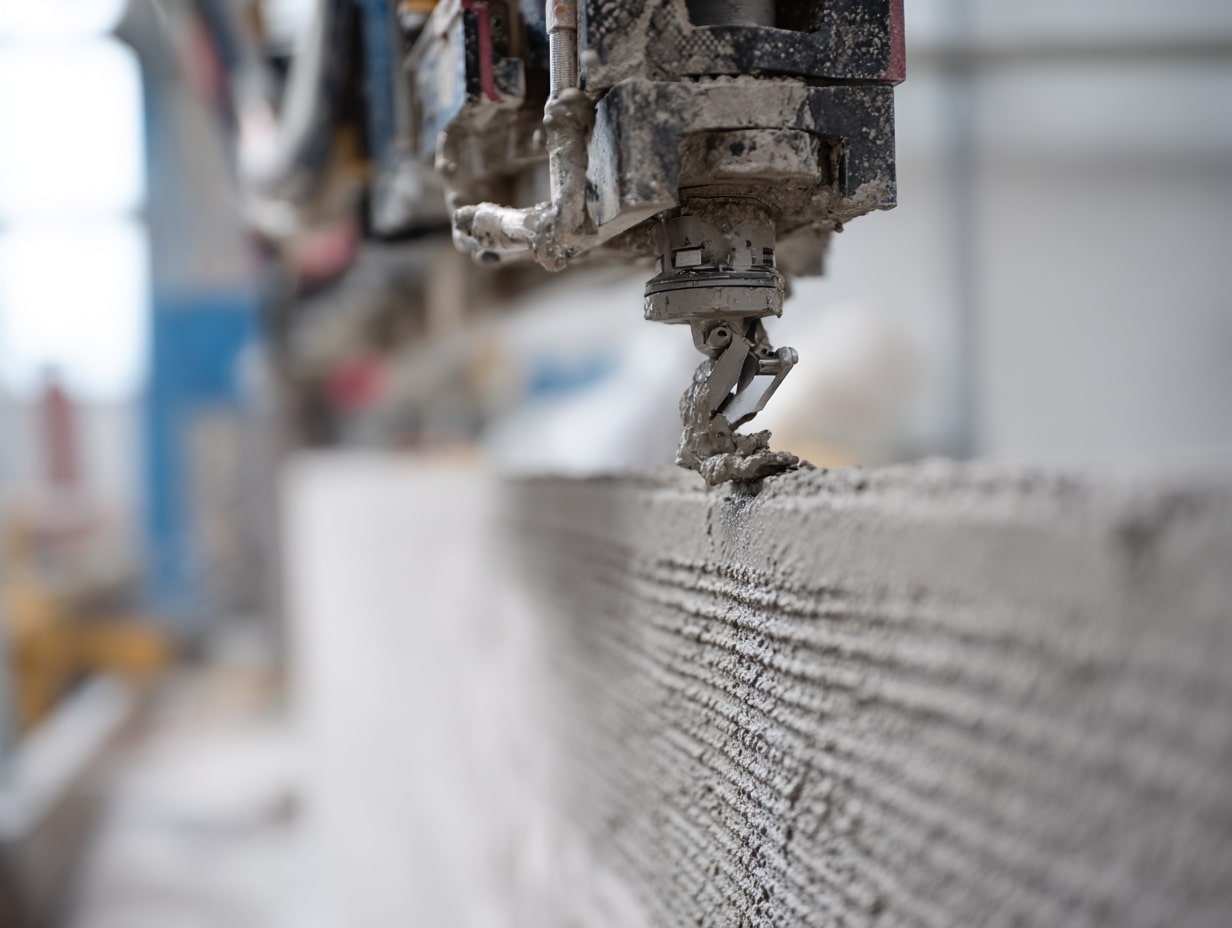- Home
- Articles
- Architectural Portfolio
- Architectral Presentation
- Inspirational Stories
- Architecture News
- Visualization
- BIM Industry
- Facade Design
- Parametric Design
- Career
- Landscape Architecture
- Construction
- Artificial Intelligence
- Sketching
- Design Softwares
- Diagrams
- Writing
- Architectural Tips
- Sustainability
- Courses
- Concept
- Technology
- History & Heritage
- Future of Architecture
- Guides & How-To
- Art & Culture
- Projects
- Interior Design
- Competitions
- Jobs
- Store
- Tools
- More
- Home
- Articles
- Architectural Portfolio
- Architectral Presentation
- Inspirational Stories
- Architecture News
- Visualization
- BIM Industry
- Facade Design
- Parametric Design
- Career
- Landscape Architecture
- Construction
- Artificial Intelligence
- Sketching
- Design Softwares
- Diagrams
- Writing
- Architectural Tips
- Sustainability
- Courses
- Concept
- Technology
- History & Heritage
- Future of Architecture
- Guides & How-To
- Art & Culture
- Projects
- Interior Design
- Competitions
- Jobs
- Store
- Tools
- More
7 Common Mistakes to Avoid When Planning a Home Renovation

Renovating your home can transform your living space into something extraordinary. However, the journey can often prove to be fraught with challenges and missteps if you’re not careful. Homeowners frequently underestimate the amount of time, money, and stress involved in the renovation process. Understanding the common pitfalls can help you navigate your renovation more effectively, ensuring that your vision becomes a reality without the typical headaches. Here are seven mistakes to avoid when planning your home renovation.
Table of Contents
ToggleNeglecting Proper Planning
Many homeowners dive into a renovation without a clear plan, which can lead to a chaotic process. It’s crucial to understand not only what changes you want to make but also how these changes affect the rest of your home. Taking the time to outline each step of the renovation allows you to foresee potential issues and address them proactively. Set a budget that includes all aspects of the renovation, from materials to labor. This can help prevent overspending that can derail your project. Incorporate a contingency fund for unexpected expenses that may crop up during the renovation.

Time is often just as important as money when it comes to renovations. Many homeowners underestimate how long a renovation will take, leading to frustration and uncertainty. Make sure you have realistic expectations when it comes to timelines. Get a detailed schedule from your contractor and add buffer time for unforeseen delays. This way, you can maintain a sense of control throughout the process. Another aspect of time management is being ready for the mess and disruption of renovations. Understand that many projects will take longer than you anticipate, and mentally prepare yourself for temporary inconveniences in the process.
Not Utilizing the Digital World
Neglecting digital tools can hinder your renovation efforts. Many homeowners fail to take advantage of resources such as Room Design Software that can help visualize the space before committing to designs. These applications allow you to see how different colors, layouts, and materials come together, eliminating much of the guesswork involved in renovations. Being unfamiliar with the available software can limit your creative potential. The right tools can simplify your decisions and enhance your overall design experience by providing a clearer picture of what your space could look like. Digital resources can aid in communicating your ideas to contractors more effectively, reducing the risk of misunderstandings.
Ignoring the Neighborhood and Market Trends
Consideration of your neighborhood and current market trends is essential when planning a renovation. You want to ensure that your investment reflects positively not only on your home but also on the value of surrounding properties. Many homeowners miss the opportunity to boost their home’s resale value simply by neglecting to align their enhancements with market expectations. For instance, if most homes in your area feature updated kitchens and you choose to forego renovations in that space, your home might appear less attractive to potential buyers. Conducting research regarding what improvements are popular in your area will help position your home advantageously for the market.
Skipping the Research Phase
Jumping into a renovation without doing your homework can lead to costly mistakes. Researching materials, designs, and contractors should be a priority well before the work begins. The latest materials might be costly upfront but can save you money in the long run due to durability and energy efficiency. Acquainting yourself with different options allows you to make informed decisions that suit both your budget and your aesthetic preferences. Contractor selection requires careful deliberation. Looking for references and reading reviews can help you dodge unreliable contractors. Verify their qualifications and check previous project outcomes to determine whether they are compatible with your vision.
Overlooking the Importance of Functionality
While aesthetics are essential in any renovation, functionality should take precedence. It’s common for homeowners to concentrate mainly on how a room will look, often neglecting how it will serve its intended purpose. Consider how you live and what your daily activities are to create a space that blends beauty with practicality. For instance, while an open-concept floor plan is trendy, ensure your space accommodates your specific needs. If you’re an avid cook, a well-designed kitchen layout should prioritize workflow and accessibility. Prioritizing functionality not only enhances your living experience but may also increase your home’s value.

Failing to Consider Lighting
Lighting plays a critical role in any home renovation, but people often overlook it. Your choices regarding fixtures, layout, and natural light can significantly influence the atmosphere and aesthetic of the space. It’s beneficial to think strategically about lighting aspects during the design phase. Seek a balance between functional lighting, such as task lighting in the kitchen, and ambient lighting in living areas. Using multiple light sources can create depth and warmth in a room. Keep in mind that certain colors or design elements may require different types of lighting to shine in their best light.
Layering different types of lighting—task, ambient, and accent—can help achieve a cohesive and versatile design. Don’t forget to consider energy-efficient options like LED bulbs to reduce energy costs while enhancing your home’s ambiance. Finally, using dimmer switches can offer flexibility, allowing you to adjust the mood of the space as needed.
Disregarding Building Codes and Permits
One of the gravest mistakes a homeowner can make during renovations is ignoring building codes and permits. Each municipality has specific guidelines that dictate what changes can be made to ensure safety and compliance. Failing to adhere to these can result in fines, delays, or even the necessity to undo completed work. Always check local regulations before starting a renovation project. Obtaining the necessary permits helps protect you as a homeowner. Enlisting professionals who are knowledgeable about local codes can make the process smoother. It is better to include these steps in your renovation plan rather than dealing with them later and risking costly setbacks.
Planning a home renovation requires thoughtful consideration to avoid common mistakes that can lead to a stressful experience. Proper planning, time management, utilization of digital resources, awareness of market conditions, thorough research, and attention to functionality and lighting will yield a successful project. Ensuring adherence to building codes and regulations safeguards you from future complications. With a well-formulated strategy in place, you can confidently navigate your home renovation journey.
illustrarch is your daily dose of architecture. Leading community designed for all lovers of illustration and #drawing.
Submit your architectural projects
Follow these steps for submission your project. Submission FormLatest Posts
3D Printed Homes: Time, Cost, and What to Expect
3D printed homes explained: realistic timelines (24–72h walls, 8–16 weeks total), true...
How a Contact Centre Boosts Trust in Your Building Business
In construction, trust is the glue that holds projects together. Clients need...
How Real Time Parcel Geolocation Is Redefining Last Mile Efficiency for Modern Businesses
Last mile delivery has become the most critical point in the customer...
How Can Small Spaces Stay Stylish and Relaxing?
In today’s fast-paced urban lifestyle, small living spaces are becoming increasingly common....












Leave a comment